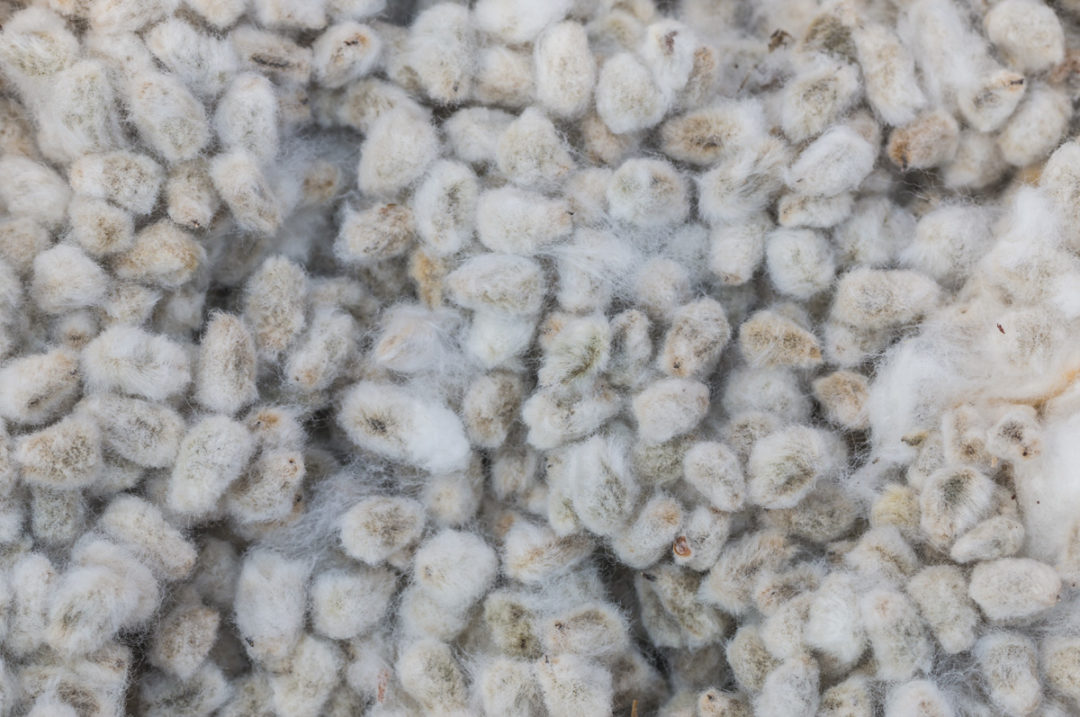Last fall, when cottonseed prices kept shooting higher, dairy producers were pulling the ingredient out of their rations or reducing their inclusion rates. However, prices have since come back down to the same price as seen last spring in 2022.
“They pulled the ingredient out and replaced it with other feed ingredients, but they haven’t looked at it since and I don’t think the nutritionists have either,” says Larry Johnson, owner of Tactical Risk Advisors. “In our Whole Cottonseed Dairy Advisory Council meeting, I posed the question if people realized how much the price had dropped and there were crickets. Nobody was saying anything. Finally, one dairy producer brought up that his price had come down, but not at the levels as before.”
A lot of times what happens is similar to pricing at a gas station, Johnson says. When the price is going up, the gas station moves those prices every day, immediately. However, when the price starts drifting down, the station does not drop them as fast because they may have inventory in their fuel tanks. So they try to hang on to the higher price until their position changes.
“What I’m finding out in recent history is: Resellers are now getting to the point where they are starting to reflect actual replacement cost. We’re seeing more accurate price drops of 100 dollars or more,” Johnson says. “But what I’ve been told is: They’re not seeing dairy producers come back. So I definitely think it needs to be looked at again in the ration.”
The cottonseed market
During the 2021 crop year, the U.S. planted 11.2 million acres of cotton and produced 5.3 million tons of cottonseed. In 2022, the U.S. planted 13.8 million acres of cotton, which was up 22% from 2021, but only produced 4.5 million tons of cottonseed. Currently, the projected planting for the 2023 cotton crop is projected at 11.26 million acres, which is down 18% from the 2022 crop with a projected 4.8 million tons of cottonseed.
“If you notice, even though the acres planted is down 18 percent from 2022, the amount of cottonseed is higher,” Johnson says. “This is because the abandonment rate for the 2022 crop was 45.9 percent due to the drought in west Texas, and the 2023 estimated abandonment is 22.6 percent.”
Johnson prefers to use the Memphis, Tennessee, cottonseed market as a baseline to establish price relationships because cottonseed east of Memphis is sold at a discount and cottonseed sold to the West is at a premium (Figure 1).

“Last spring, the 2022 cottonseed acres were higher than the 2021 acres and the price of cottonseed for the upcoming 2022 crop could be bought around the 305 dollar per ton level, which coincidentally is where the price spot is today,” Johnson says. “However, by September prices went to 410 dollars for a gin run and as high as 440 dollars per ton for the January-through-August 2023 time frame. This was due to the drought in Texas and the demand for cottonseed in the West.”
However, from August on the USDA cottonseed estimates each month continued to increase. August projected 3.8 million tons, October was 4.2 million tons, December was 4.3 million tons, and the end-of-year number was 4.5 million tons.
“So as supply went up and demand went down, simple economics tells us this will result in lower cottonseed prices to increase demand,” Johnson says.
Another factor in a lower delivered dairy price is the reduction of freight costs. Last year, freight rates whether barge or truck became very tight, and prices skyrocketed. Inflation was a major component of this due to high fuel, parts, tires, labor, etc.
“Some of these prices have come down in recent history and therefore freight as well,” Johnson says. “With transportation demands being lower, prices have settled back to more normal levels, which reduces the overall delivered price.”

Photo courtesy of Tactical Risk Advisors.
Cottonseed inclusion back into rations
With the cottonseed price dropping over $100 per ton, it is time for dairies and nutritionists to re-evaluate the ingredient in their rations, Johnson says. For the fall 2023 gin run, prices are $5 to $20 per ton lower than the spot price depending on location. This means dairy producers can lock in their needs for the rest of the year at prices lower than a year ago.
“If cottonseed fits back into your ration, my opinion is: If you can buy it for less now than you could over a year ago, stepping into the market and buying a quarter or a third is a good practice,” Johnson says. “Then from there, the average down is what I used to tell dairies when working with them. You want your first buy to be your worst buy, so when you step back into the market and buy a percentage of it, you hope it’s lower.”
When buying cottonseed, Johnson says it is always good practice to contact two to three reliable resellers in your area to compare prices.
“A lot of people just use the one,” Johnson says. “So call two or three suppliers, especially when you see markets change a lot because then you know there are varied inventory prices by supplier.”
Sourcing whole cottonseed is direct and simple with Cotton Incorporated’s online Cottonseed Marketplace. The marketplace is an easy-to-use connection point for buyers and sellers. To receive a cottonseed quote directly from qualified sellers based on your unique specifications, simply fill out a request form or reach out directly to a seller in your area on the “Where to buy map” today.











